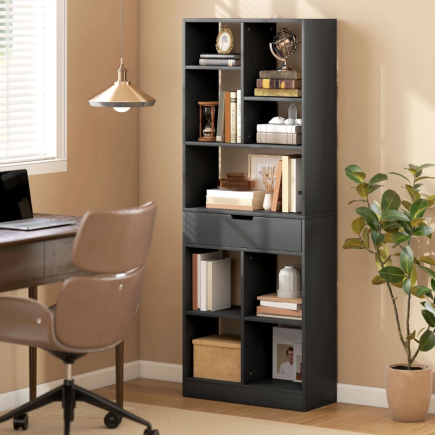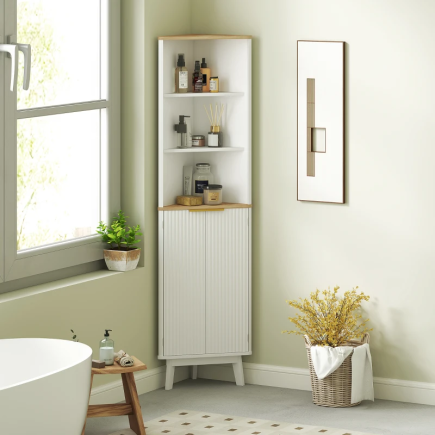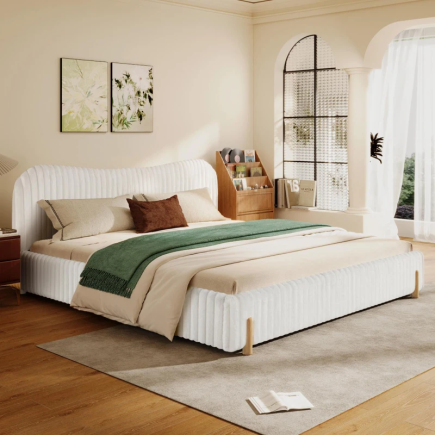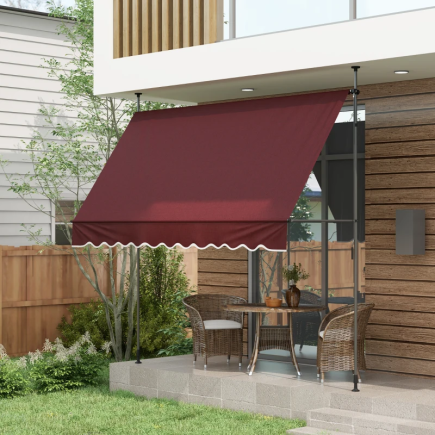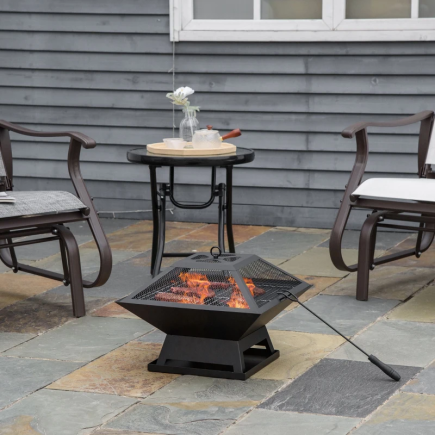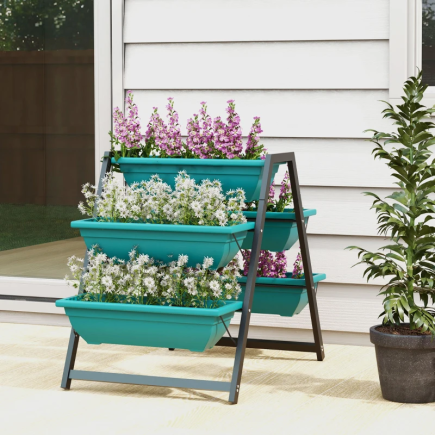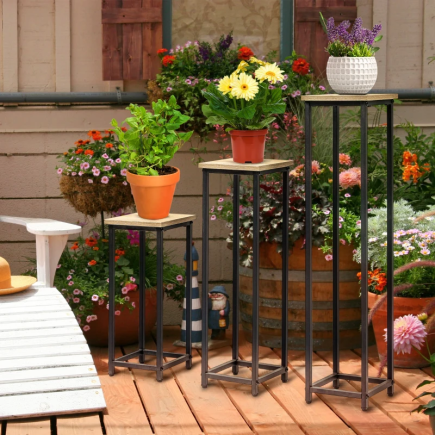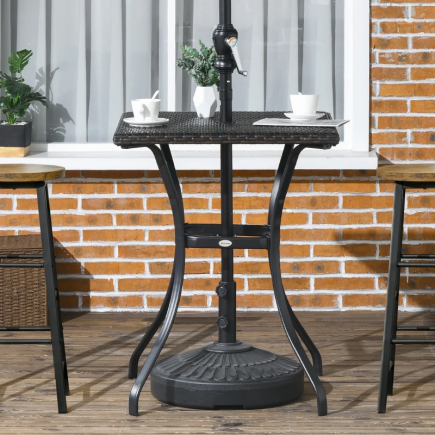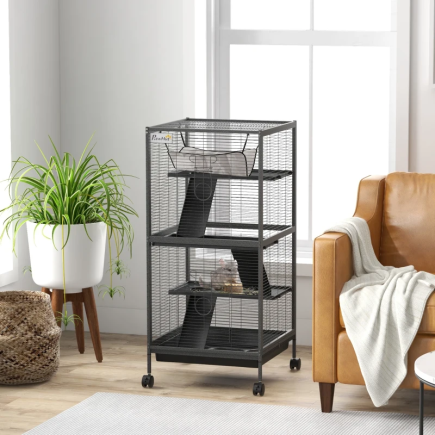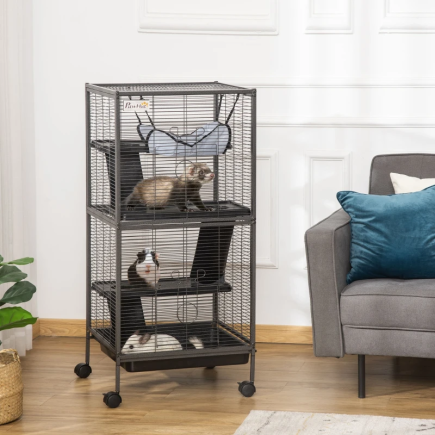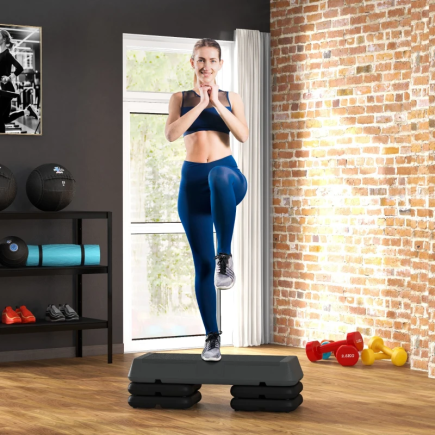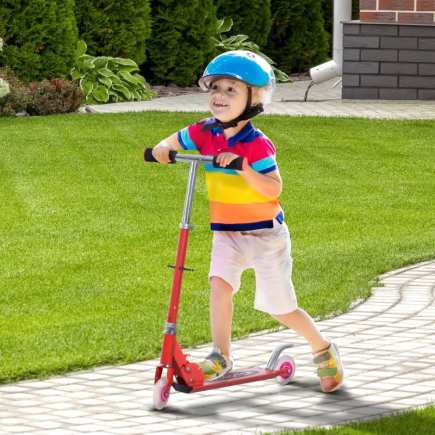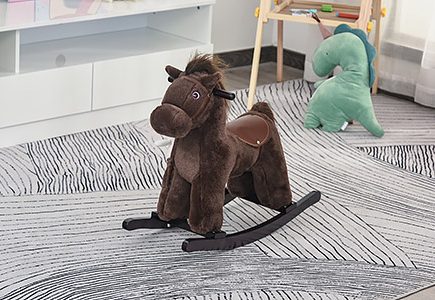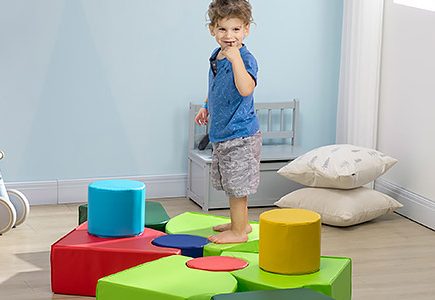Ever noticed how cold and damp a shed floor can get during the winter? Or how the heat just seems to escape in the summer? Insulating your shed floor is a simple way to solve these issues while creating a more comfortable, energy-efficient, and long-lasting space. Whether you’re transforming your shed into a workshop, office, or storage area, the right floor insulation will improve comfort, protect stored items, and save on energy bills.

In this guide, we’ll explore everything you need to know about insulating your shed floor, from choosing the best materials to the step-by-step process of installation. By the end, you’ll have a cozy, durable space ready for whatever purpose you need.
Types of Insulation Materials for Shed Floors

Here are some of the most common materials for insulating a shed floor:
1. Fiberglass Insulation
- Pros: Affordable and easy to install.
- Cons: Needs protection from moisture, dust, and insects.
- Best For: Budget-conscious projects in mild climates.
2. Rigid Foam Board
- Pros: High R-value (thermal resistance) and moisture-resistant.
- Cons: Can be difficult to cut and work with.
- Best For: Long-term insulation, particularly in damp or wet climates.
3. Spray Foam
- Pros: Expands to fill gaps, providing excellent thermal insulation and air sealing.
- Cons: Expensive and requires professional installation.
- Best For: Custom spaces with irregular gaps or hard-to-reach areas.
4. Mineral Wool
- Pros: Eco-friendly, fire-resistant, and good for soundproofing.
- Cons: Less moisture-resistant than foam options.
- Best For: Environmentally-conscious projects or those needing sound insulation.
5. Reflective Foil Insulation (Increasing in Popularity)
- Pros: Budget-friendly, easy to install, and works as both thermal insulation and a radiant barrier.
- Cons: Generally has a lower R-value than foam boards or fiberglass.
- Best For: Quick, cost-effective installation in both hot and cold climates.
Newer Green Materials for Insulation
With the growing demand for sustainable materials, there are a variety of eco-friendly insulation options now available, including:
- Cellulose Insulation: Made from recycled paper products, cellulose provides excellent insulation and is a great green choice.
- Cotton Insulation: Made from recycled cotton (often from denim), this material is sustainable, fire-resistant, and non-toxic.
- Recycled Polyurethane Foam: A greener alternative to traditional foam boards, offering the same high R-value but with reduced environmental impact.
Tip: Look for products with certifications like FSC or recycled content to ensure your materials are sustainably sourced.
Step-by-Step Guide to Insulating a Shed Floor
Now that you understand the materials, let’s dive into the step-by-step process of insulating your shed floor.
1. Preparing the Shed Floor for Insulation
Clear Out the Shed
Start by removing everything from inside the shed. This will give you full access to the floor and let you check for any existing moisture, damage, or wear.
Inspect for Moisture or Damage
Look for signs of moisture, mold, or wood rot. If the floor is compromised, it’s important to fix it before adding insulation. Repair any damage to prevent future problems.
Clean the Surface
Sweep and clean the floor thoroughly. This ensures that your insulation materials will stick and adhere properly.
2. Measuring and Cutting the Insulation Material

Measure the Gaps Between Floor Joists
Accurate measurements are key to ensuring a tight fit for your insulation. Measure the gaps between the floor joists and the total area that needs insulation.
Cutting the Insulation
Using a saw or utility knife, carefully cut your insulation material to fit the space. For foam boards, you may need a handsaw, while fiberglass batt typically cuts with a utility knife.
Tip: When cutting foam boards, make sure to wear gloves and a mask, as foam dust can be irritating to the skin and lungs.
3. Installing the Insulation

Top Layer Installation
Place your insulation between the joists, ensuring a snug fit. If you’re using foam boards, use construction adhesive or nails to secure the insulation in place. For spray foam, follow the instructions to apply directly into the gaps.
Bottom Layer Installation
If your shed floor isn’t easily accessible from above, you may need to install insulation from beneath. This requires lifting the shed or working from the underside, so make sure you have proper access.
Pro Tip: For maximum efficiency, ensure there are no gaps in the insulation. Gaps can lead to heat loss and moisture infiltration.
4. Sealing Gaps for Maximum Efficiency
Once the insulation is in place, it’s important to seal any remaining gaps along the edges and between the materials. Use weatherproof sealants or foam tape to ensure the insulation is airtight.
Tip: Even small gaps can result in energy loss, so don’t skip the sealing step!
Cost-Effective Insulation Options

Not everyone has a large budget for insulation, but there are plenty of affordable options that still provide great performance.
Reflective Foil and Radiant Barriers
Reflective foil is a simple, inexpensive solution that works well for both hot and cold climates. It reflects heat and helps maintain a consistent temperature in the shed.
- Cost: $0.50 – $1 per square foot
- R-Value: Moderate
Carpet Padding or Recycled Materials
For a low-cost temporary solution, carpet padding or recycled materials can provide basic insulation for your shed floor. While it won’t perform as well as higher-end materials, it’s better than nothing.
- Cost: $0.20 – $0.50 per square foot
- R-Value: Low
Real-Life Examples of Costs
- For a 100 sq. ft. shed, insulating with rigid foam board may cost around $75–$150.
- Spray foam for the same size shed could bring the total cost to $250–$500, depending on the material and professional installation fees.
DIY vs. Professional Installation
DIY Insulation
If you have basic tools and a little experience, insulating your shed floor yourself can be a rewarding project. Many materials, like fiberglass batt and foam boards, are relatively easy to work with.
Professional Installation
While DIY insulation is cost-effective, certain materials, like spray foam, are best left to the professionals. Spray foam requires specialized equipment and expertise for proper application.
Moisture and Condensation Control

In areas with high humidity, moisture can be a real concern. Here’s how you can address it:
In areas with high humidity, moisture can be a real concern. To address this, consider investing in a high-quality storage option like the Metal Garden Storage Shed that offers great protection from moisture and the elements, ensuring your items remain dry and secure year-round.
Vapor Barriers
Adding a vapor barrier beneath your insulation can significantly reduce moisture issues. This could be a simple plastic sheeting laid directly on the ground under your insulation.
Pro Tip: Use a vapor barrier with high durability, especially in areas prone to flooding or high humidity.
Ventilation Solutions
Proper ventilation is crucial to maintaining the effectiveness of your insulation and preventing moisture buildup.
Active vs. Passive Ventilation
- Active Ventilation: Solar-powered fans or battery-operated systems are more efficient and can control airflow in your shed.
- Passive Ventilation: Installing simple vents along the shed’s walls or roof can create natural airflow and help maintain a dry environment.
Don’t wait for the next cold snap or rainy season. Shed floor today and enjoy a warmer, dryer, and more efficient space year-round. By choosing the right materials, following the installation steps carefully, and considering moisture control and ventilation, you can transform your shed into a more comfortable and functional space for years to come.
FAQs
1. What’s the best insulation material for damp climates?
Rigid foam board is the best choice for damp climates. It offers high thermal resistance and is moisture-resistant, helping to keep your shed warm and dry. Just make sure to secure it well to avoid gaps.
2. How do I seal gaps in my shed’s insulation?
Use weatherproof sealants or foam tape to seal any gaps along the edges of your insulation. Even small gaps can lead to energy loss and moisture problems, so it’s crucial to get a perfect seal.
3. Is spray foam a good option for DIY insulation?
Spray foam is effective but difficult for DIY projects. It requires professional equipment and expertise for proper application. If you’re not comfortable with the process, consider hiring a pro.
4. Can I use recycled materials for insulation?
Yes! Carpet padding or recycled materials can be a low-cost, temporary solution for insulating your shed. While they won’t offer the same performance as higher-end options, they provide basic insulation.
5. How do I control moisture under the shed floor?
Install a vapor barrier underneath the insulation to reduce moisture. This will help prevent mold and damage to your shed’s foundation, especially in high-humidity areas.



